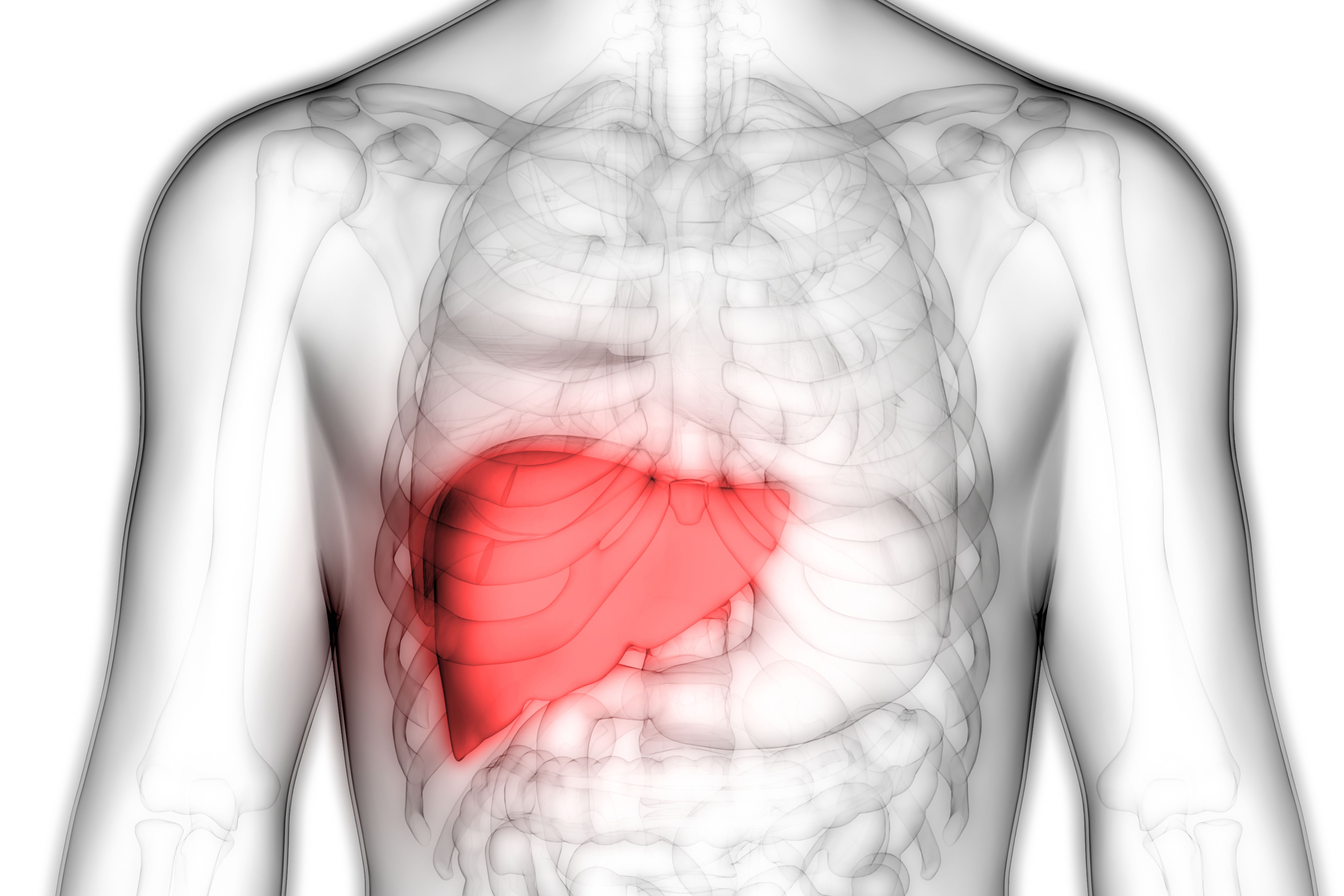
(Vienna, 16 January 2020) The top priority in transplantation medicine is to ensure appropriate allocation of donor organs to patients with the most urgent need. By integrating a single laboratory parameter – the Von Willebrand factor antigen – researchers from MedUni Vienna’s Department of Surgery have managed to significantly increase the accuracy of predicting the probability of dying while on the waiting list for a liver transplant, thereby taking a huge step towards improving organ allocation.
Like most other countries, Austria – as part of the Eurotransplant organisation – allocates organs to patients on the liver transplant waiting list on the basis of medical urgency. Currently, patients are listed according to urgency using a score made up of three laboratory parameters – the Model for End Stage Liver Disease (MELD) score. However, the MELD score has obvious limitations and the rate of mortality of patients on the waiting list continues to be approximately 20%.
What is particularly challenging in this context is the identification of patients at high risk of life-threatening bleeds due to portal hypertension or infections, even though they have a low MELD score.
"We have been looking for a simple way of overcoming the existing weaknesses of MELD-based allocation and of identifying patients with a high risk, despite having a low MELD score," says Georg Györi, transplant surgeon, Head of the Transplantation Outpatient Clinic at Vienna General Hospital and one of the two lead authors.
The Von Willebrand Factor (vWf) antigen is a protein and a key element in haemostasis (blood clotting) and is stored in thrombocytes and endothelial cells. In previous studies, it was found to be an excellent marker for endothelial cell dysfunction and was recently also identified as being a central factor in post-operative liver regeneration (Starlinger et al. Hepatology 2018).
A clear correlation was also recently observed between the vWf antigen and portal hypertension and its complications. "This is particularly important, since this is one of the main causes of patients dying while on the waiting list for a liver transplant," says David Pereyra, also a lead author of this study. The great advantage is that vWf antigen can easily be determined during routine blood sampling carried out when patients are being listed.
The study has now shown that vWf antigen can actually predict waiting-list mortality independently of the established MELD score. The authors also showed that vWf antigen can significantly improve accuracy in combination with the MELD score.
"We were surprised at the huge impact of adding vWf antigen determination to the MELD score. Indeed, the vWf antigen appears to reflect an entirely new aspect of mortality on the waiting list, thus greatly improving risk stratification. By measuring this single parameter, it is possible to improve the prediction of three-month-survival on the waiting list by as much as 12.5%," says Principal Investigator Patrick Starlinger, Consultant Surgeon at the Department of Surgery and head of the research group for translational and experimental liver research at MedUni Vienna.
"These ground-breaking results arose out of the excellent interdisciplinary collaboration between gastroenterology and surgery and have the potential to change the basis for organ allocation throughout the world," says Gabriela Berlakovich, Head of Transplant Surgery at Vienna General Hospital.
Patrick Starlinger is currently working at the Mayo Clinic in the USA on a validation cohort to confirm these observations and to lend further weight to the results. The medium-term goal is to achieve optimum, urgency-based classification of patients on the waiting list, so as to ensure the best possible allocation of donor organs.
Service: Hepatology
Von Willebrand factor facilitates MELD-independent risk stratification on the waiting list for liver transplantation
Georg P. Györi, David Pereyra, Benedikt Rumpf, Huber Hackl, Christoph Köditz, Gregor Ortmayr, Thomas Reiberger, Michael Trauner, Gabriela A. Berlakovich, Patrick Starlinger
Published online 27 November 2019; doi: 10.1002/hep.31047.